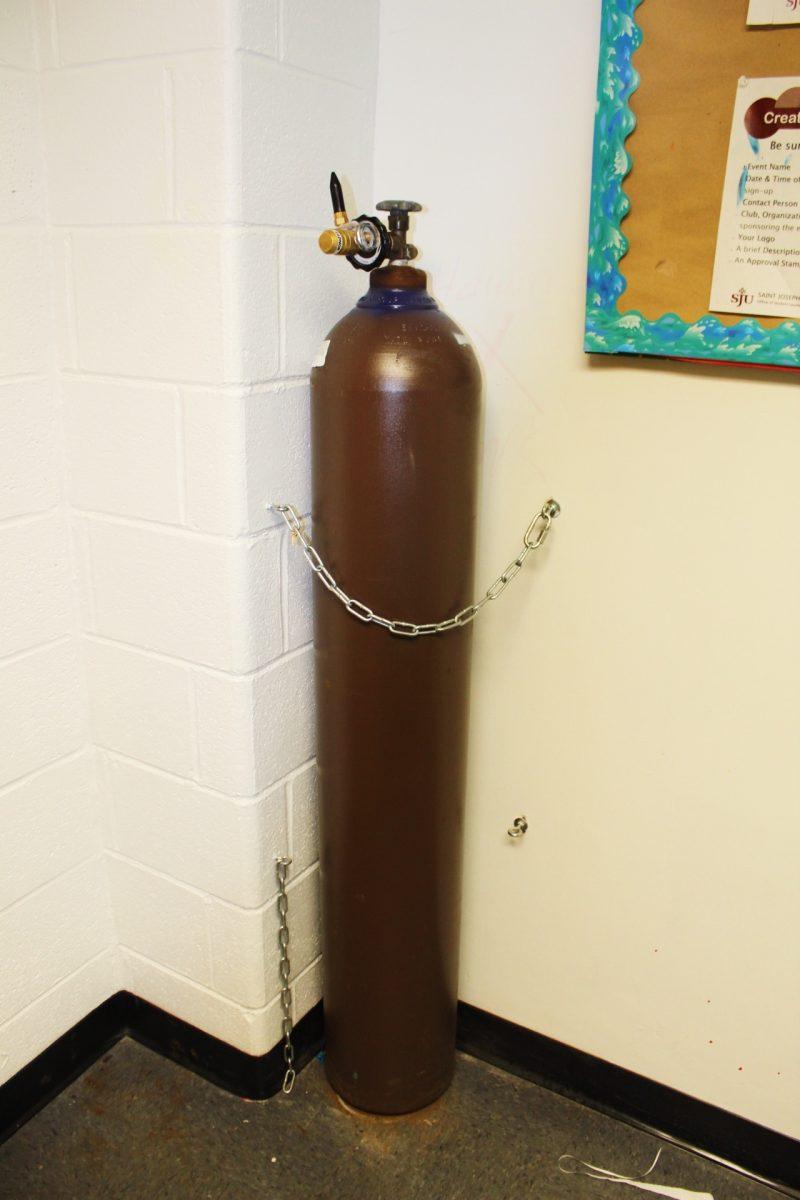Global helium shortage affects student organizations
Gavin O’Reilly ’20 co-wrote this story
Due to a global helium shortage, the Office of Student Leadership & Activities is experiencing difficulties maintaining a sufficient supply of helium for St. Joe’s student organizations.
Beth Hagovsky, Ed.D., the director of Student Leadership & Activities, was first notified of the helium shortage through St. Joe’s helium supplier, Airgas, who had previously warned Hagovsky about late deliveries due to the shortage.
“We just never believed the stuff about the helium shortage,” Hagovsky said. “This has been happening for probably the better part of the last two years.”
Student Leadership & Activities never received a late order until mid-October, when Hagovsky was told that her order could not be delivered until mid-November.
After having had a consistent supply of helium over the years, the effects of the shortage were felt by student organizations. Students who wanted balloons at their events had to purchase their own helium.
“I think for everybody else, [other student organizations] probably just didn’t [use] balloons,” Hagovsky said. “Which is a little bit of a bummer because I think that the balloon drop is a great way of advertising. It definitely had an impact.”
Usha Rao, Ph.D., associate professor of environmental chemistry and geochemistry, said that helium is highly abundant, but struggles to stay in Earth’s atmosphere because it is so light. She said helium can only be actively produced through the decaying of the elements uranium and thorium, or through natural gas deposits, both of which are highly time-consuming.
“This takes tens of thousands of years to build up helium from the decay in the rocks,” Rao said. “It is not easily replenished. For all practical purposes, it is a nonrenewable resource.”
In addition to inflating party decorations, helium is also widely used in airplanes, medical technology and other electronics. The shortage has already caused prices to increase in order to reserve helium for these purposes.
“We have known for about 20 years that we have been running low on helium,” Rao said. “The management of the problem has not been great. Most likely what will happen is that helium will become very, very expensive, a precious commodity. And we will be more careful in terms of using any new helium deposits that we find.”








































